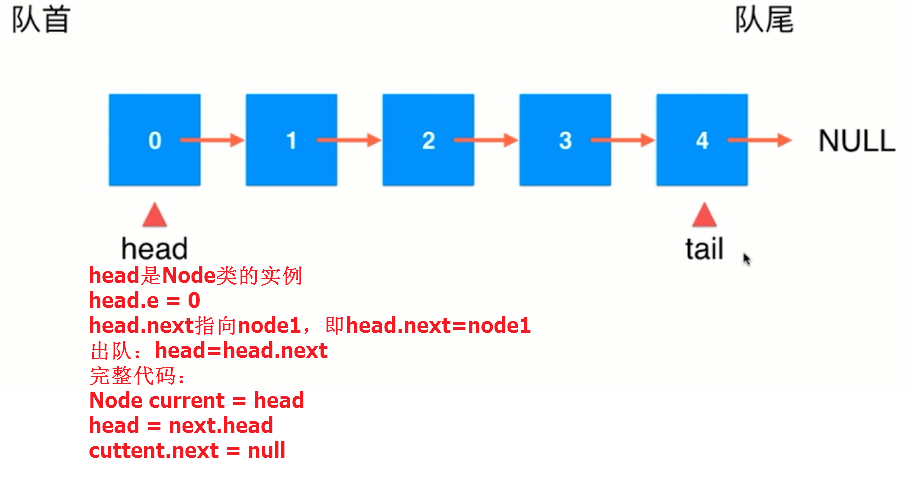
assertEqualsHashed ( sample_ohe_dict_manual, 'b6589fc6ab0dc82cf12099d1c2d40ab994e8410c', "incorrect value for sample_ohe_dict_manual" ) Test. Later in this lab, we'll use OHE dictionaries to transform data points into compact lists of features that can be used in machine learning algorithms. To start, manually enter the entries in the OHE dictionary associated with the sample dataset by mapping the tuples to consecutive integers starting from zero, ordering the tuples first by featureID and next by category. We can do this in Python by creating a dictionary that maps each tuple to a distinct integer, where the integer corresponds to a binary feature.

In a one-hot-encoding (OHE) scheme, we want to represent each tuple of (featureID, category) via its own binary feature.

The first feature indicates the type of animal (bear, cat, mouse) the second feature describes the animal's color (black, tabby) and the third (optional) feature describes what the animal eats (mouse, salmon). To use this code on a table with a high number of columns, use Python to generate your queries:ġ) Create a list with unique variables that you want to have as your column names and import this to Python, say as: list.We would like to develop code to convert categorical features to numerical ones, and to build intuition, we will work with a sample unlabeled dataset with three data points, with each data point representing an animal.

If I correctly understand, you need conditional aggregation: select keyword,Ĭount(case when color = 'red' then 1 end) as red,Ĭount(case when color = 'yellow' then 1 end) as yellow


 0 kommentar(er)
0 kommentar(er)
